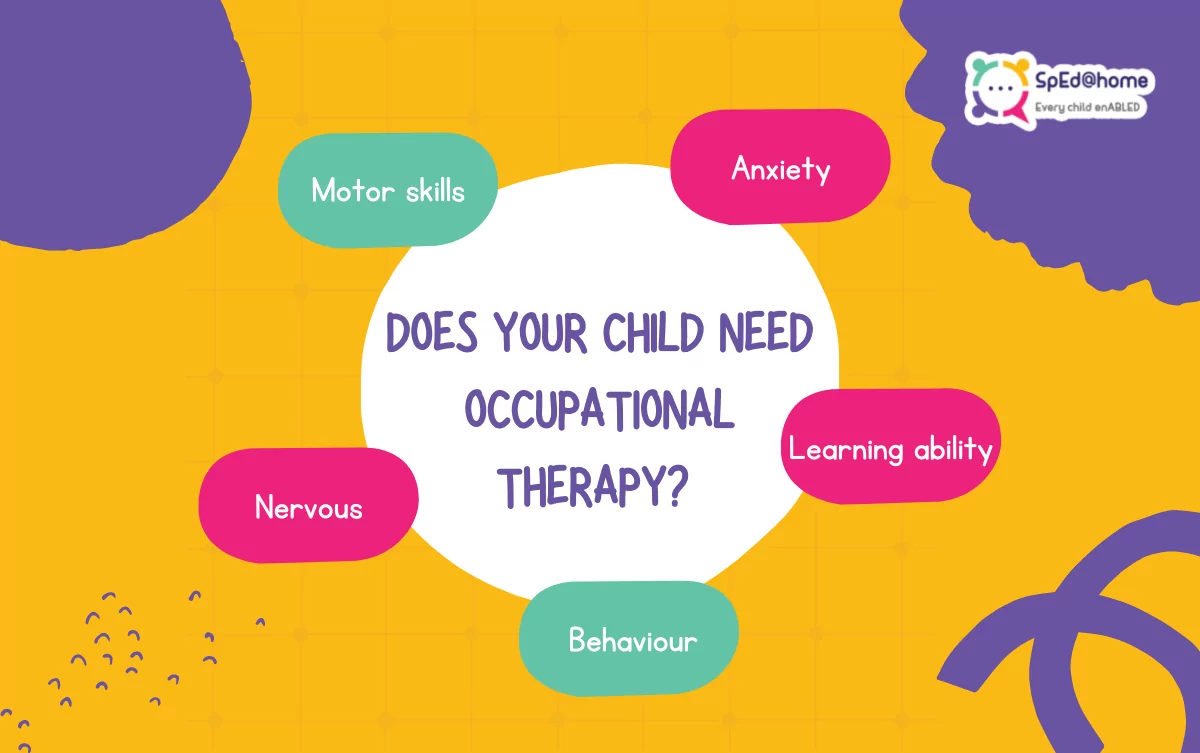Assessment Tools for ADHD and Autism Spectrum Disorder
Identifying and understanding the unique needs of children with ADHD (Attention Deficit Hyperactivity Disorder) or Autism Spectrum Disorder (ASD) is essential for providing effective support. Assessment tools for ADHD and Autism Spectrum Disorder are designed to evaluate cognitive, behavioral, emotional, and social skills, helping parents and educators create targeted interventions that support the child’s growth and learning.
Why Assess ADHD and Autism Spectrum Disorder?
Early assessment is critical for children with ADHD or ASD because timely interventions can improve academic performance, social skills, and emotional well-being. These assessments help to:
- Identify the child’s strengths and challenges
- Guide individualized education plans (IEPs)
- Recommend behavioral strategies and therapies
- Support parents and teachers with actionable guidance
Common Assessment Tools
- Behavioral Questionnaires and Checklists: Tools like the Conners’ Rating Scales and Vanderbilt Assessment help evaluate attention, hyperactivity, impulsivity, and emotional regulation. These questionnaires are completed by parents, teachers, or caregivers.
- Cognitive and Executive Function Tests: These tests assess memory, problem-solving, attention, and planning skills. They help identify cognitive patterns that may impact learning and behavior.
- Autism-Specific Screening Tools: Standardized tools like the Autism Diagnostic Observation Schedule (ADOS) or the Childhood Autism Rating Scale (CARS) measure social interaction, communication, and repetitive behaviors to determine autism traits.
- Speech and Language Assessments: These evaluations identify delays in expressive or receptive language, social communication, and pragmatic language skills, which are often impacted in children with ASD.
- Occupational Therapy and Sensory Assessments: These assessments examine fine and gross motor skills, sensory sensitivities, and coordination, providing insights into areas that affect daily functioning and learning.
Signs That a Child May Require Assessment
Parents or teachers may consider assessment if a child demonstrates:
- Difficulty sustaining attention or completing tasks
- Impulsive behaviors or hyperactivity
- Challenges in social interactions or communication
- Repetitive behaviors, restricted interests, or sensory sensitivities
- Academic struggles despite consistent effort
Recognizing these signs early ensures children receive support before challenges escalate.
Benefits of Using Assessment Tools
- Accurate Identification: Helps distinguish between ADHD, ASD, or other developmental challenges
- Targeted Interventions: Recommendations for therapy, coaching, or accommodations are personalized
- Parental Guidance: Provides actionable strategies for supporting learning and behavior at home
- School Support: Teachers gain insight to implement classroom accommodations and strategies
How the Assessment Process Works
- Initial Screening: Parents provide developmental history and observations.
- Structured Evaluation: Specialists use a combination of checklists, standardized tests, and observations.
- Multi-Source Input: Teachers, caregivers, and therapists contribute information.
- Detailed Report: Comprehensive findings include diagnosis (if applicable) and personalized recommendations.
Final Thoughts
Using the right assessment tools for ADHD and Autism Spectrum Disorder ensures that children’s needs are understood accurately. Early and thorough assessment empowers parents and educators to provide interventions that enhance learning, social development, and emotional well-being. With the right support, children with ADHD or ASD can thrive and reach their full potential.


